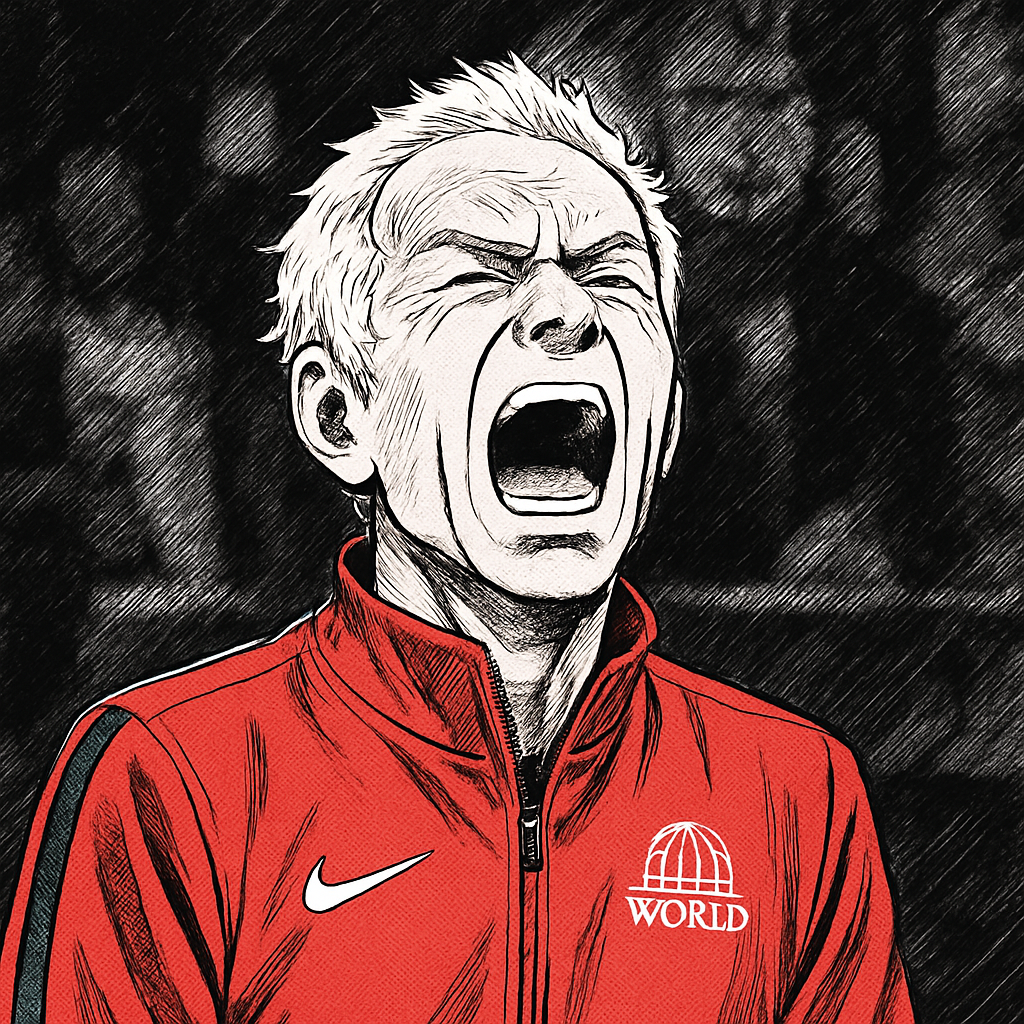LONDON — Tennis legend Björn Borg made headlines in 2006 when he sold his Wimbledon trophies at auction, sparking immediate backlash from his former rival John McEnroe. The fiery American, known for his on-court outbursts, didn’t hold back his disapproval, calling Borg directly to express his frustration.
Borg, a five-time Wimbledon champion, auctioned off three of his most prized trophies—from 1976, 1978, and 1979—along with two of his iconic Fila shirts and a racket used in the 1980 final. The sale, conducted by Bonhams, fetched a staggering £730,000 (approximately $1.4 million at the time). While Borg claimed the decision was made to secure his children’s financial future, McEnroe saw it as a betrayal of tennis history.
McEnroe’s Fiery Reaction
McEnroe, who shared one of tennis’s greatest rivalries with Borg, was reportedly furious upon hearing the news. According to Borg himself, McEnroe called him immediately after the sale, demanding an explanation. "John was very upset," Borg later recalled in an interview. "He said, ‘How could you sell your trophies? They belong in a museum!’"
The American’s reaction wasn’t entirely surprising. McEnroe, known for his passionate defense of tennis traditions, viewed Borg’s trophies as irreplaceable artifacts of the sport. The two had battled in some of Wimbledon’s most memorable finals, including the 1980 epic often hailed as the greatest match in tennis history.
Why Borg Sold the Trophies
Borg defended his decision, stating that the trophies were personal property and that he had the right to do as he pleased with them. "I have my memories," he said. "The trophies are just objects. My children’s future is more important." However, critics argued that the move was financially motivated, given Borg’s past business struggles, including the bankruptcy of his clothing brand in the 1980s.
The auction also raised ethical questions about the preservation of sports memorabilia. Key concerns included:
- Whether historic trophies should remain with players or be donated to museums
- The risk of private collectors hoarding significant artifacts
- The emotional impact on fans who idolize these symbols of greatness
The Fate of the Trophies
The winning bidder was an anonymous buyer, later revealed to be a wealthy European collector. Despite McEnroe’s protests, the trophies remained in private hands. However, in 2013, Borg expressed regret, admitting, "Maybe I should have kept them. But at the time, it felt like the right decision."
The Borg-McEnroe Rivalry Revisited
The incident reignited discussions about the duo’s legendary rivalry. Their contrasting personalities—Borg’s icy calm vs. McEnroe’s fiery temper—made their matches unforgettable. Yet, off the court, they shared mutual respect. McEnroe’s outburst over the trophies underscored how deeply he valued their shared history.
In a 2017 interview, McEnroe reflected: "Björn was my greatest rival. Those trophies weren’t just his—they were part of tennis history. Selling them felt like losing a piece of that."
Legacy and Lessons
The controversy highlighted broader debates about athletes’ rights to their memorabilia versus the sport’s collective memory. While players own their trophies, fans and institutions often feel a sense of shared ownership over iconic artifacts.
Key takeaways from the incident:
- Historic trophies carry emotional weight beyond monetary value
- Sports legends must balance personal needs with public legacy
- Preservation efforts by museums and federations are crucial
Today, Borg’s remaining memorabilia is displayed at the Wimbledon Museum, while McEnroe has pledged to donate his trophies to tennis institutions. The saga serves as a cautionary tale—one that McEnroe, true to form, didn’t hesitate to voice.
As Borg later conceded, "Maybe John was right. Some things are bigger than money."

